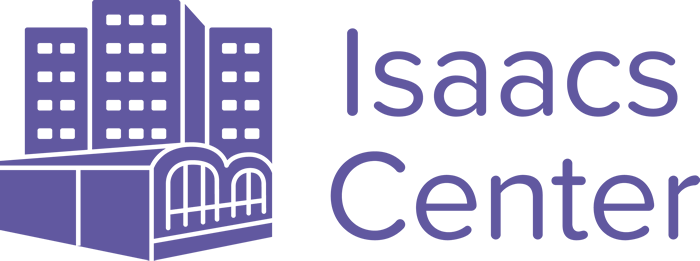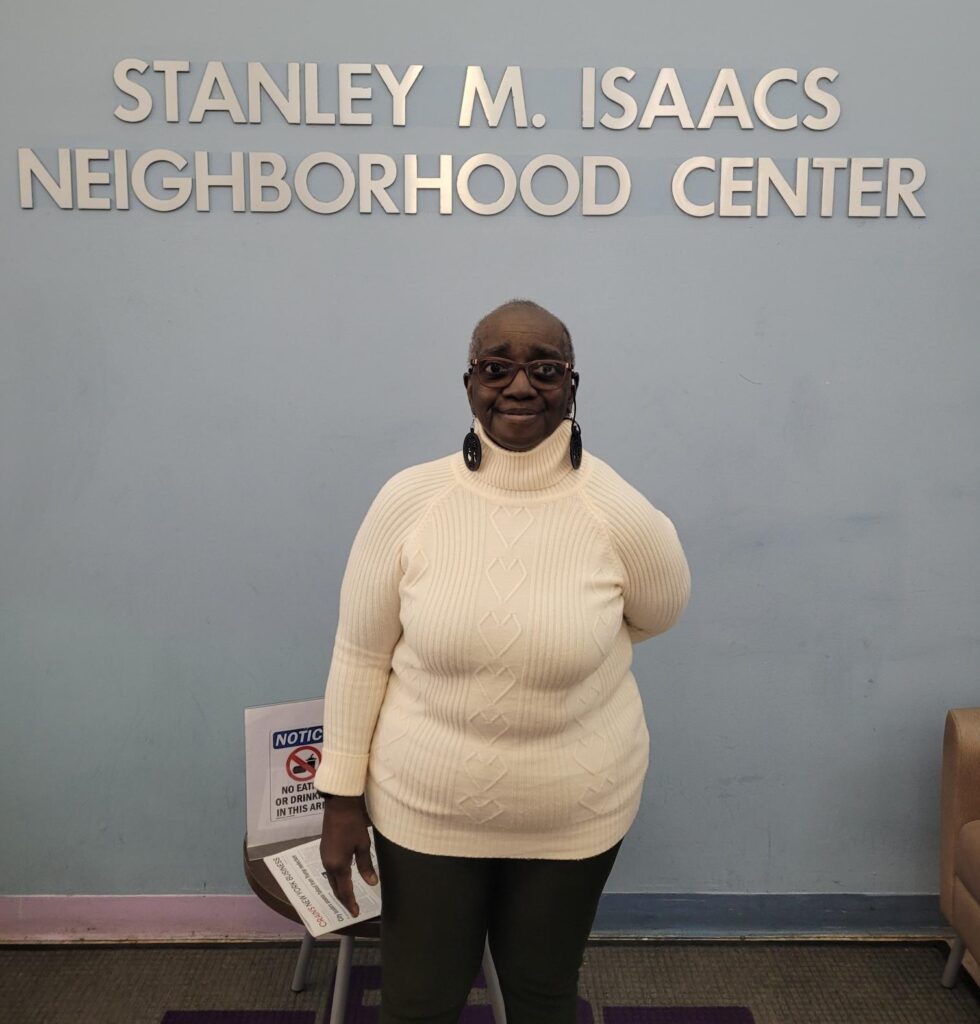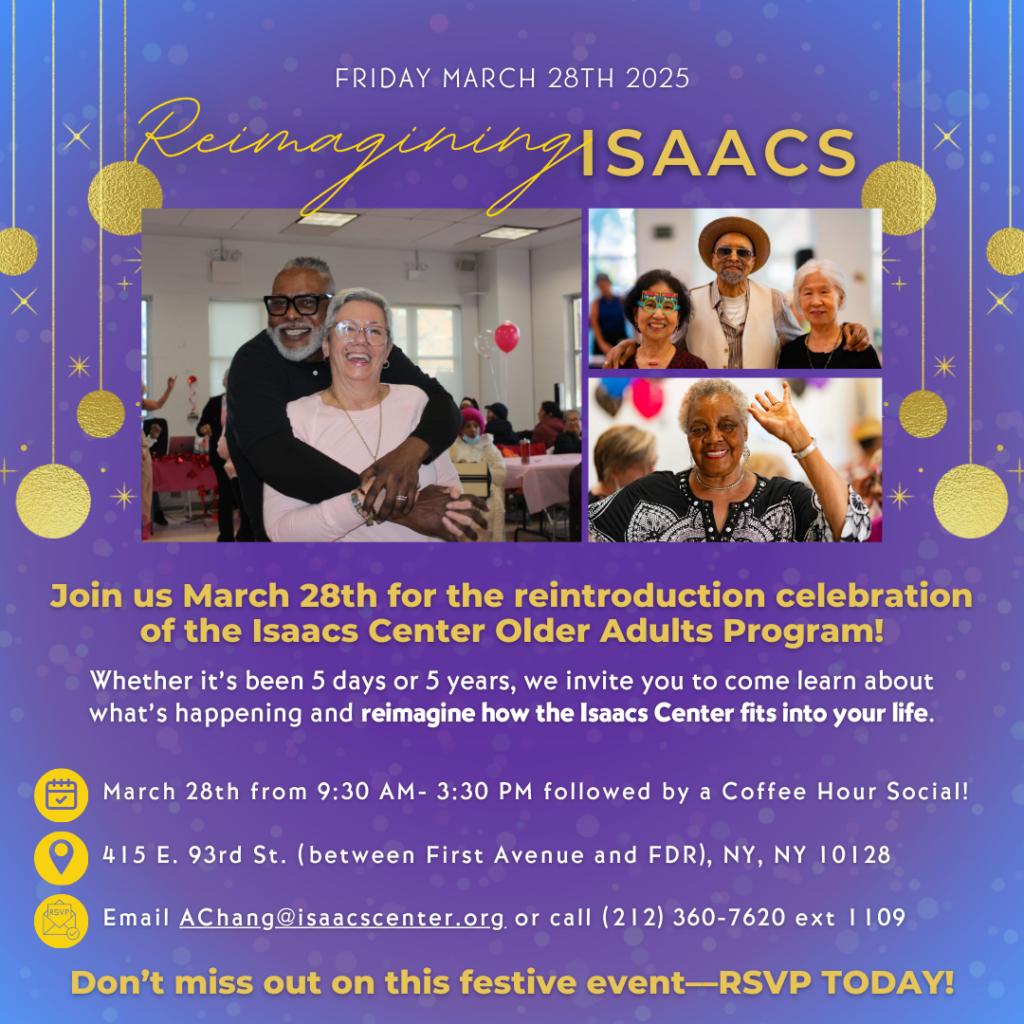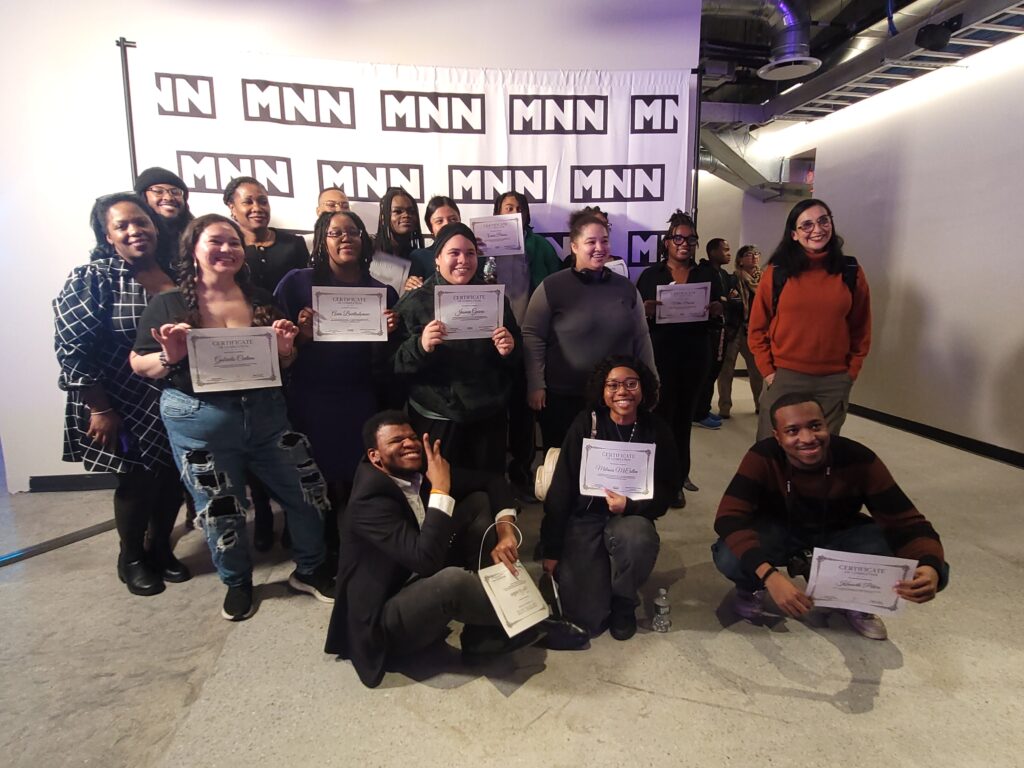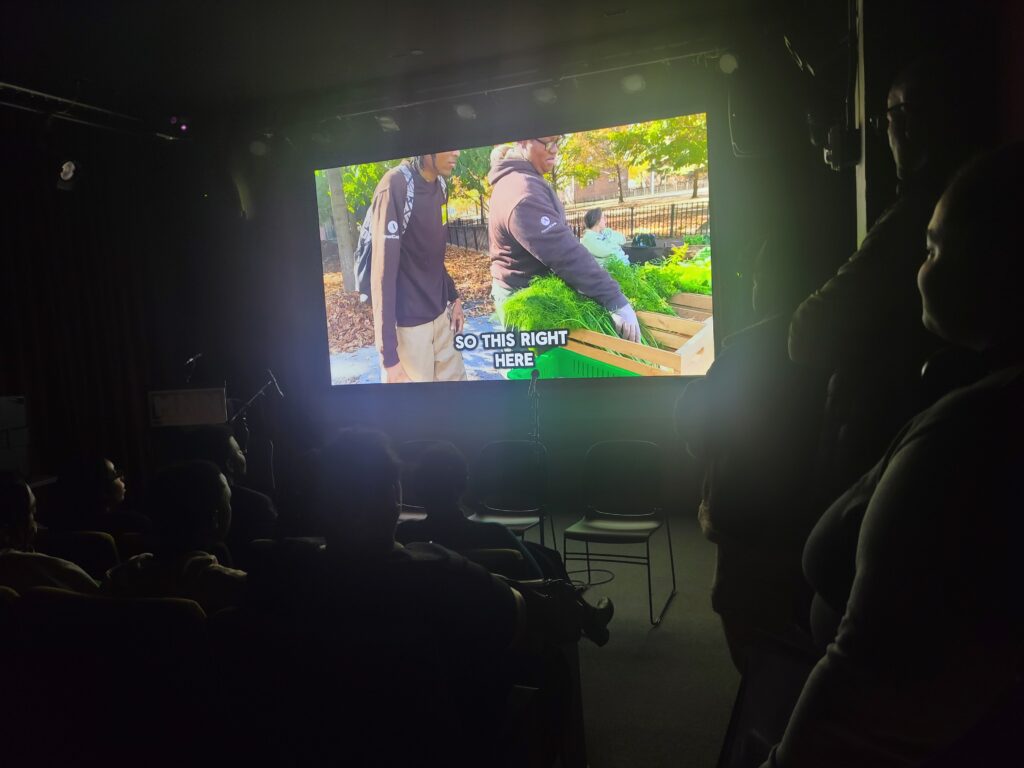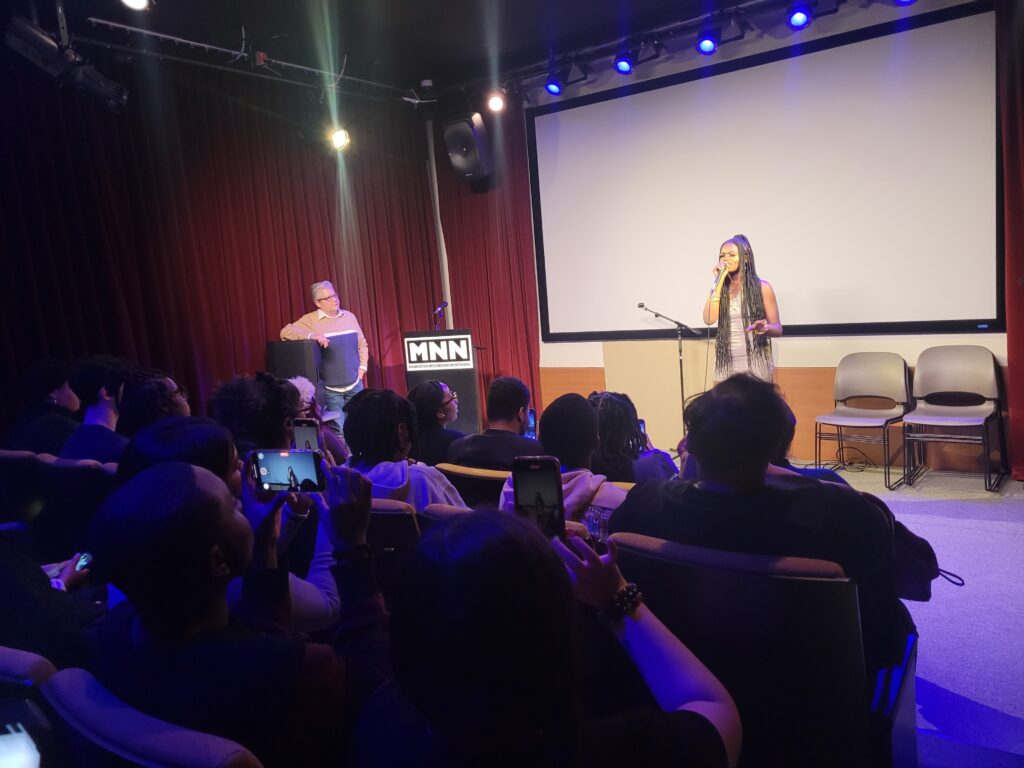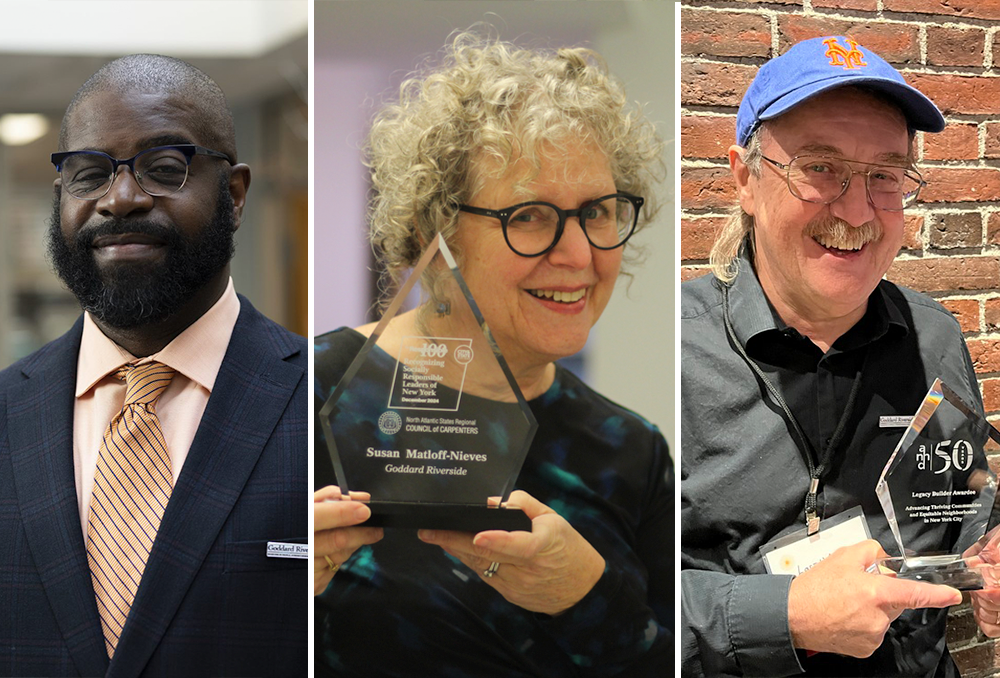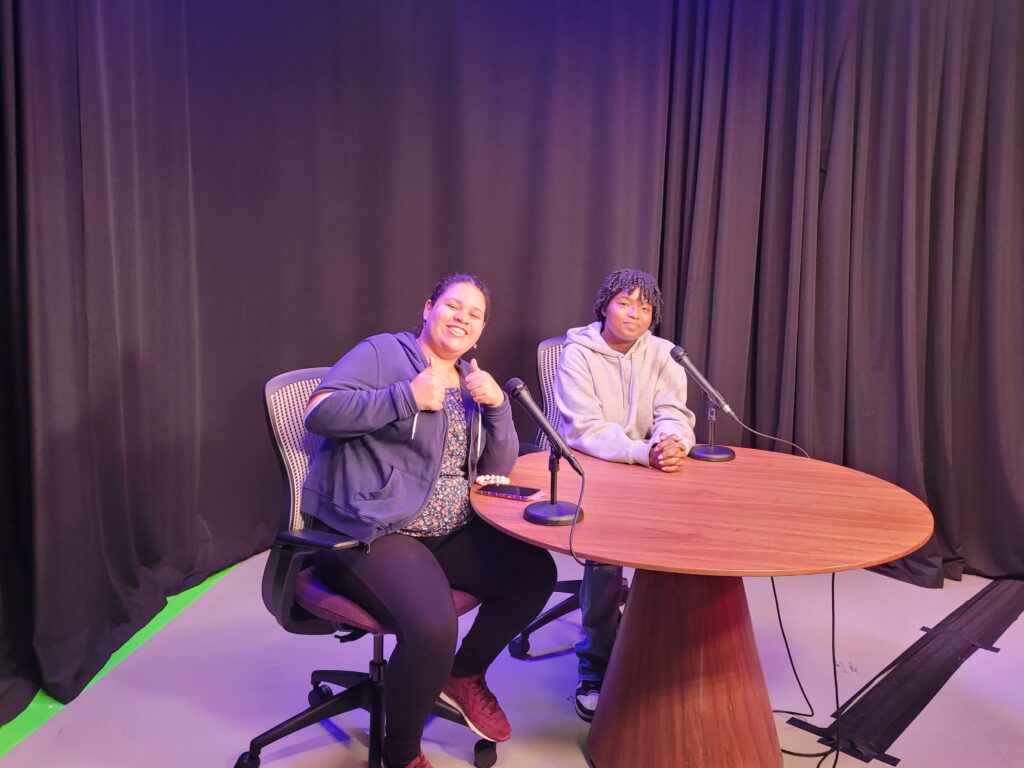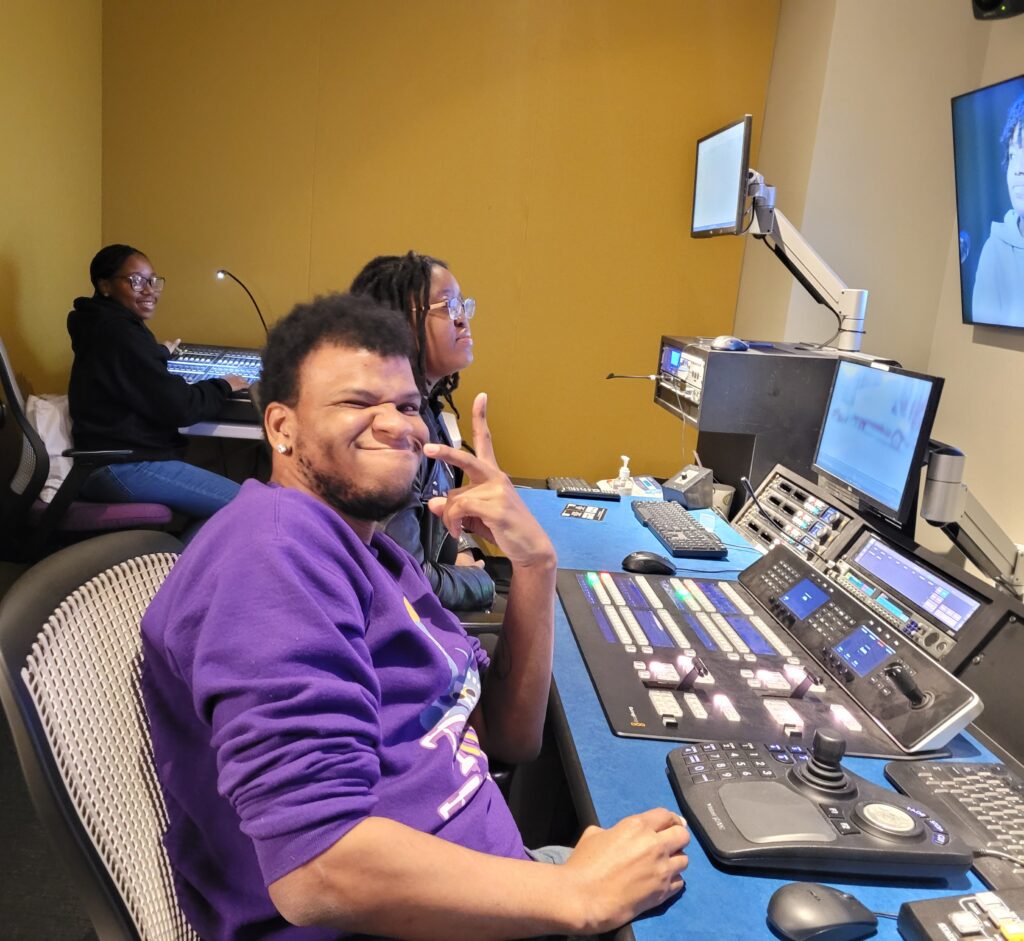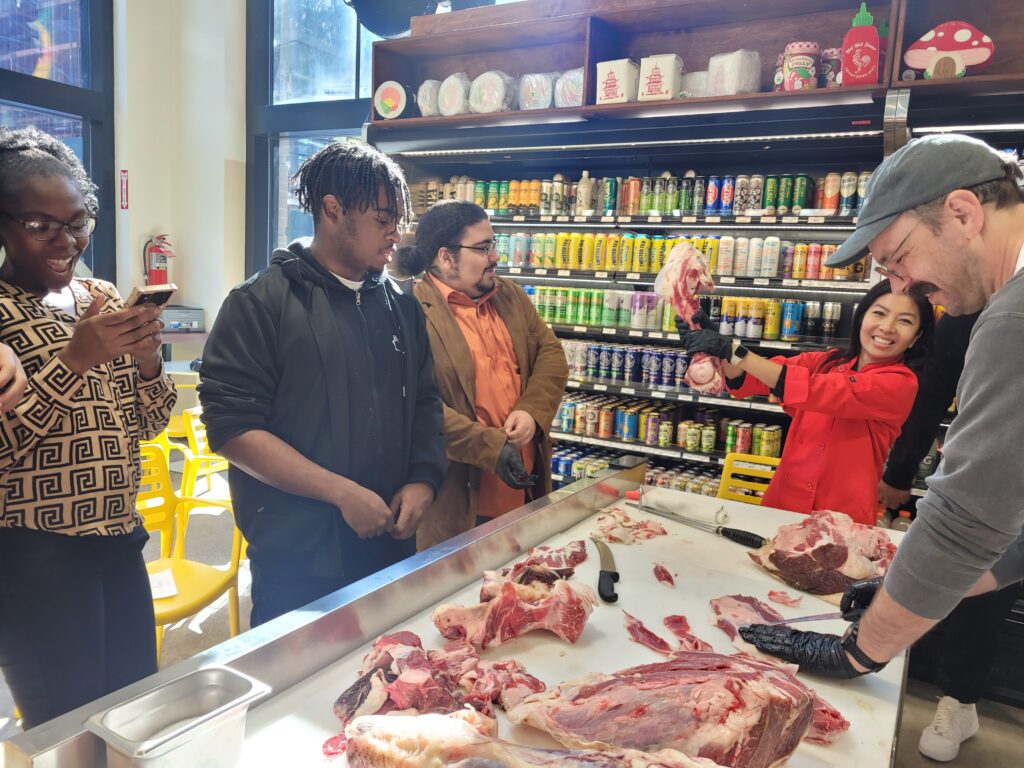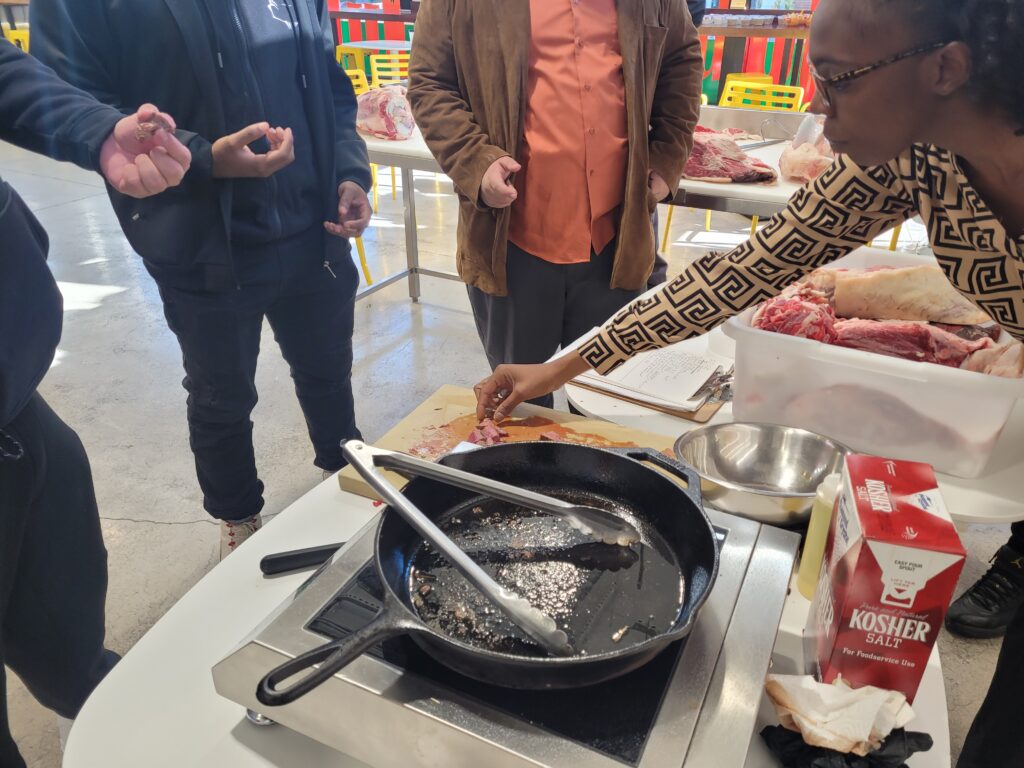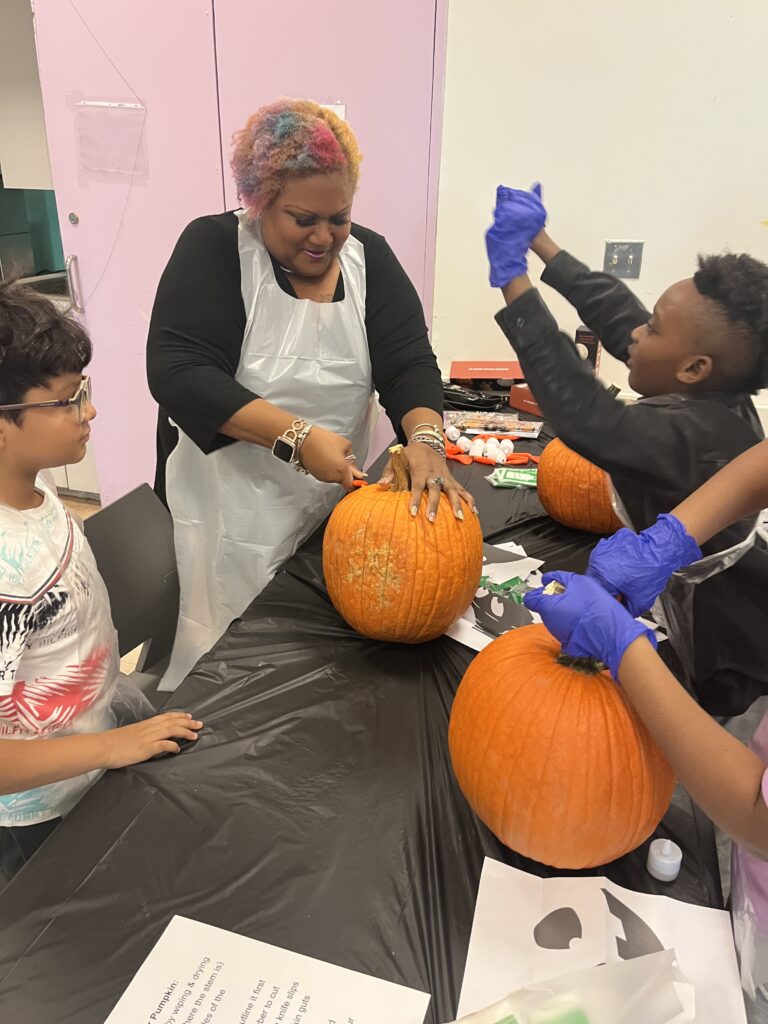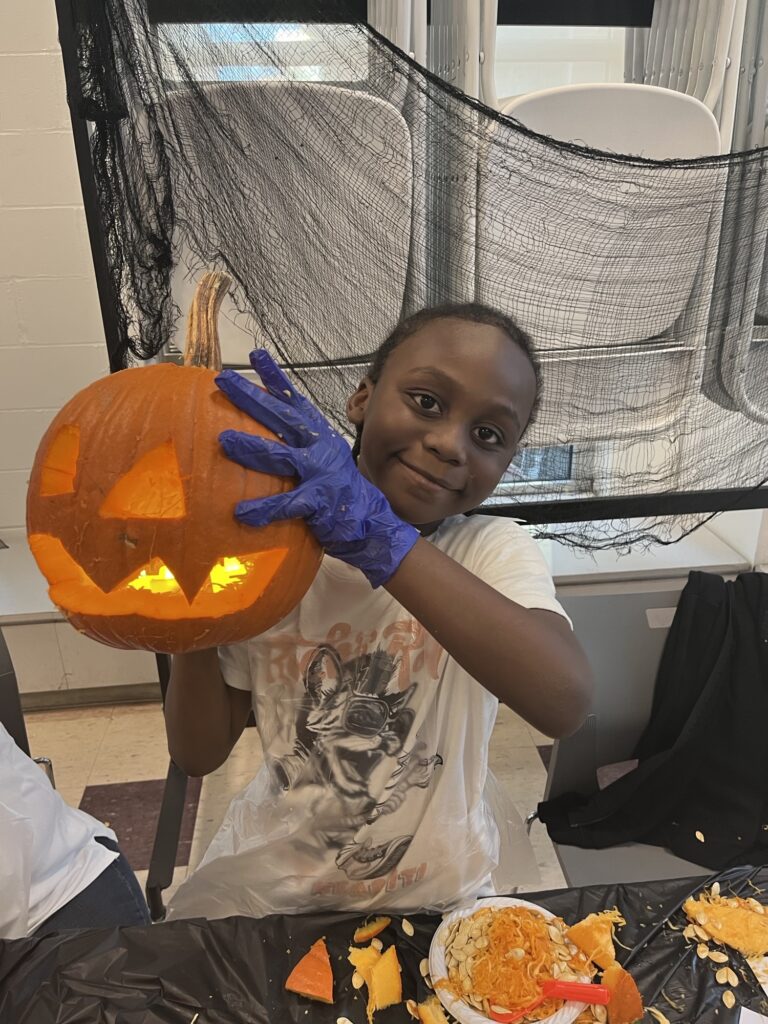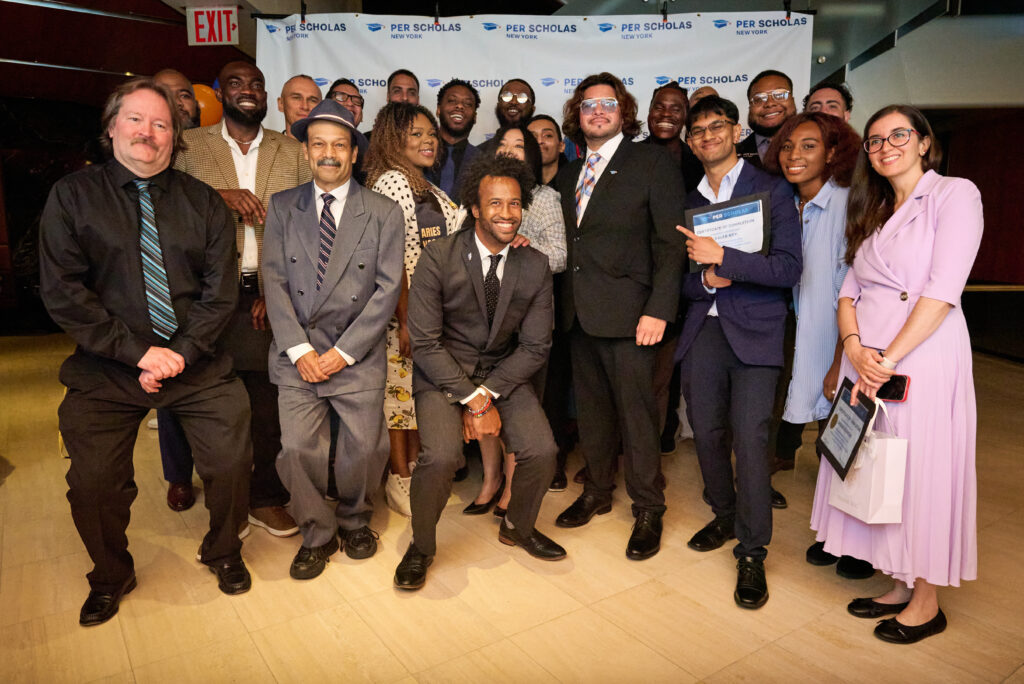The end of the calendar year is the best time to champion your favorite causes!
If you’re looking to give back to your community this holiday season, here are some ways you can work with Goddard Riverside and the Isaacs Center to help your community:
Volunteer
Volunteering is a wonderful way to get involved, learn more about our programs and connect with the community.
- Holiday Meals
- Every year on Thanksgiving and Christmas the Isaacs Center and Goddard Riverside serve thousands of meals to members of our community, including those with homes and those without shelter. Volunteer slots for Thanksgiving at the Isaacs Center are already full, but a few Upper West Side slots remain at goddard.org/holiday.
- Senior Food Service
- Help pack fresh and frozen meals to be brought to homebound seniors. Every weekday 7am-9am at the Isaacs Center. Sign up here.
- Help serve seniors affordable, nutritious meals at lunchtime. Mondays, Wednesdays and Fridays 11am-1pm at the Isaacs Center. Sign up here.
- Corporate Projects
- Goddard Riverside welcomes corporate employee groups to volunteer with our programs and make a difference in the lives of the most vulnerable people in our community. Contact us at volunteers@isaacscenter.org to learn more.
And more! Visit isaacscenter.org/volunteer to see other opportunities.
Donate In-Kind
We hope to give away toys, blankets, coats, socks, sneakers and boots, and winter accessories like hats and gloves to as many vulnerable neighbors as we can this holiday season. Visit goddard.org/in-kind-donations to view our Amazon wish lists and other program needs. Items purchased off the wish lists will be shipped directly to us.
Please note, we can only accept NEW and UNUSED items, except for coats and professional clothing, which must be clean and gently used. We do not pick up items unless they are in bulk.
If you would like to mail or drop off items, we can accept them at any of our three main branches between 9:30am and 4pm on weekdays:
- 593 Columbus Avenue (main office)
- 250 W 65th Street (Lincoln Square Neighborhood Center)
- 415 E 93rd Street (Isaacs Center)
If you would like a tax letter for your in-kind donation, please email us or include a note with your donation with your name, what was donated, and at least one piece of contact information.
Donate Funds
Financial donations of any kind or amount are essential to keep our community programs running. You can make a gift online via:
- Debit or credit card
- PayPal and Venmo
- ACH
- Stocks
- And more! Visit goddard.org/donate to see all the ways you can give.
We also welcome gifts by phone at 212-873-6600 ext. 1026 Monday through Friday from 9 AM to 5 PM.
If you would like to make a gift by check, we suggest you try to give it directly to a USPS employee or mail it at a post office in order to avoid check theft. Or, you can swing by one of our Community Centers and hand your gift directly to our receptionist:
- 593 Columbus Avenue (main office)
- 250 W 65th Street (Lincoln Square Neighborhood Center)
- 415 E 93rd Street (Isaacs Center)
We hope you will help your community continue to thrive as we move into the future.
If you have questions, don’t hesitate to contact us at 212-873-6600 ext. 1026. Have a wonderful holiday season!
